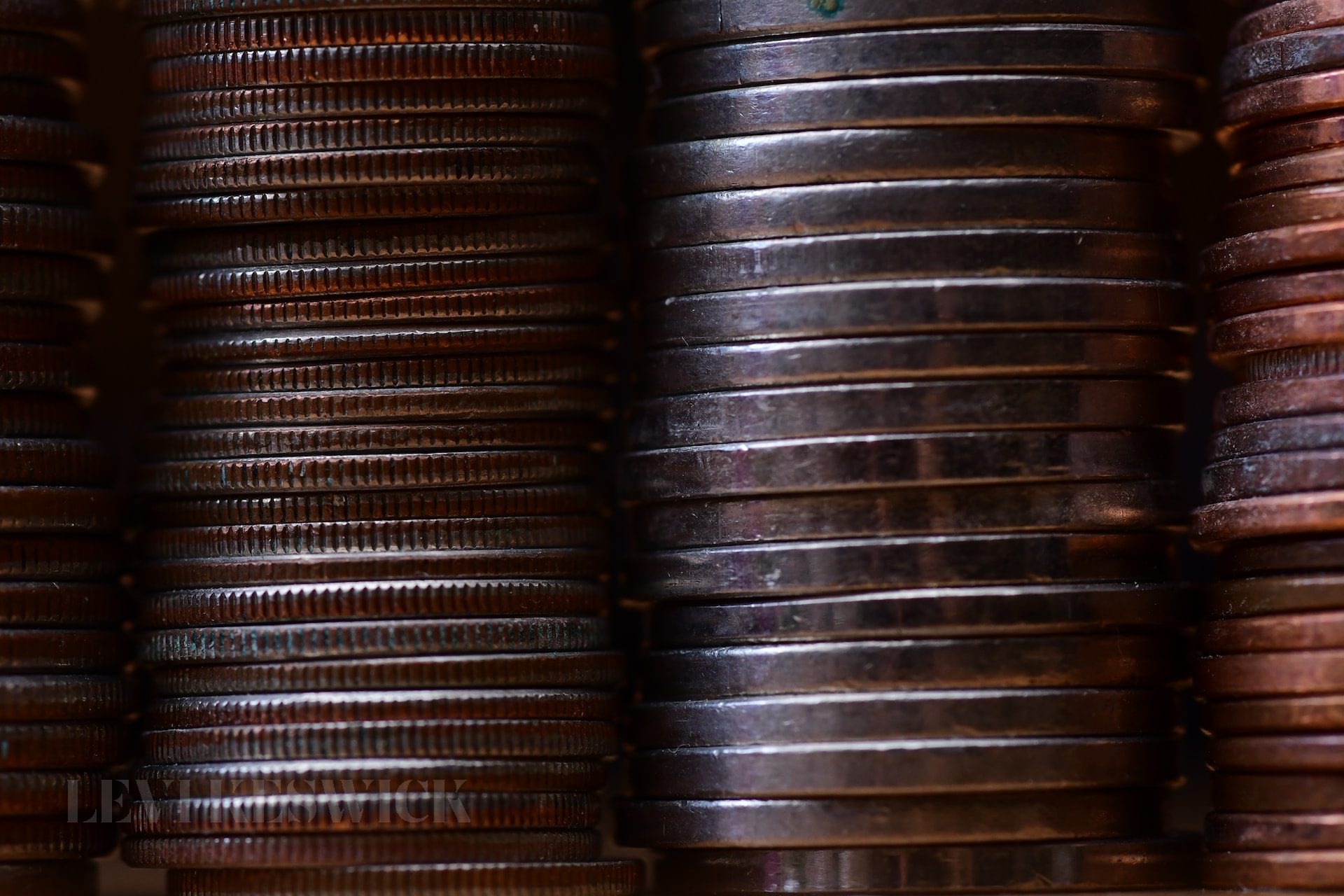Key Takeaways:
- The 1957 nickel may seem like a common coin but certain mint errors and special features can significantly boost its value.
- Among the valuable variants of this coin are the 1957 nickel with no mint mark, the 1957 D nickel, and the 1957 Proof Nickel.
- Specific mint errors, such as quadrupled die obverse error, doubled die error, and a nickel struck on a one-cent planchet, can substantially increase the coin’s worth.
- Coins in mint state condition, those displaying full steps on the Monticello, and cameo or deep cameo proof nickels are considered to be more valuable.
- The 1957 nickel does not contain any silver content; instead, it’s made of 75% copper and 25% nickel.
A Detailed Look at the 1957 Nickel
Understanding the 1957 Nickel
The 1957 nickel may seem inconsequential due to its prevalent circulation, but this small coin harbors a unique charm and potential value that can intrigue even the most seasoned numismatists. Designed by German engraver Felix Schlag, the 1957 nickel features the portrait of the third U.S President, Thomas Jefferson, on its obverse and the Monticello, Jefferson’s famous mansion, on its reverse. The engraver drew inspiration from the work of famous French sculptor Jean-Antoine Houdon for the Jefferson portrait.
Varieties of the 1957 Nickel
Three primary variants of the 1957 nickel catch the eye of collectors worldwide: the 1957 No-mintmark Nickel, the 1957 D Nickel, and the 1957 Proof Nickel. The high production numbers for these coins mean they are not rare in and of themselves. However, their value significantly increases when they are found in mint or uncirculated condition or possess the full steps feature on the Monticello. A term used in numismatics, ‘Full Steps’ refers to coins where the stairs of Jefferson’s Monticello are visible and well-struck, making them highly sought after and valuable.
Mint Errors and Their Impact on Value
Certain 1957 nickels hold an added layer of intrigue and value due to mint errors, anomalies occurring during the minting process. Some of the notable 1957 nickel errors include the quadrupled die obverse error, the doubled die error, and the one-cent planchet error.
Quadrupled Die Obverse Error
The quadrupled die obverse error occurs when the hub, which imprints the coin design onto the die, shifts slightly during the process, resulting in a layered design effect. In 1957 nickels, this error can be observed in the word ‘LIBERTY’ and the coin’s date.
Doubled Die Error
A common error among coins, the doubled die error happens when two slightly offset designs are imprinted onto the die. In the case of the 1957 nickel, the error manifests around Jefferson’s eye, and the inscription ‘MONTICELLO’ and the denomination ‘5 CENT’.
One-Cent Planchet Error
One of the rarest and most interesting errors is when a nickel gets struck on a one-cent planchet. The size and weight difference between the nickel and cent planchet results in incomplete inscriptions and a lighter weight, making these coins highly collectible and valuable.
Grading the 1957 Nickel
Grading plays a critical role in determining the value of a 1957 nickel. Mint state nickels, proof nick standard nickel alloy that was used from 1946 to 2021.
Can a 1957 nickel be worth $500?
A 1957 nickel can indeed be worth $500 or even more, but it needs to meet several criteria. Typically, such a nickel would need to be in a very high grade of mint state (typically MS66 or above) and feature Full Steps on the Monticello. Other factors that could potentially make a 1957 nickel worth this much include proof quality, cameo contrast, and certain errors or varieties.
Why is the 1957 nickel so popular among collectors?
The 1957 nickel has long been popular among collectors due to the period of history it represents, its availability, and the potential to find varieties and errors that can increase its value. Additionally, Jefferson nickels are widely collected, and 1957 is a year with a particularly high mintage, making it more likely for a collector to come across one.
Conclusion
The world of coin collecting and numismatics is a deep and rich one, with every coin having its own story to tell. While at face value, the 1957 nickel might not seem particularly remarkable, a deeper dive into its history, design, and potential errors can reveal a treasure trove of fascinating details.
Whether you’re a seasoned collector or just someone who happened to find a 1957 nickel in your change, understanding the intricacies of this coin’s potential worth can turn an everyday object into a source of wonder. Always remember that the real value in coin collecting often lies not in the potential monetary worth but in the knowledge gained and the enjoyment derived from exploring these small pieces of history.
So, while you might not become rich from your 1957 nickel, who knows? With a keen eye, you might just find that elusive 1957 nickel error, Full Steps specimen, or mint state beauty. And even if you don’t, you’ll still have gained a greater appreciation for the art and history embodied in these seemingly simple coins. After all, that’s the true reward of numismatics.
Remember, every coin has two sides, and so does every story. While you may begin by exploring the worth of your 1957 nickel, who knows where your numismatic journey will take you next. Whether it’s worth a few cents or a few hundred dollars, your 1957 nickel is a piece of history worth holding onto.
Keep exploring, keep collecting, and keep discovering the stories hidden in plain sight within your coins.








